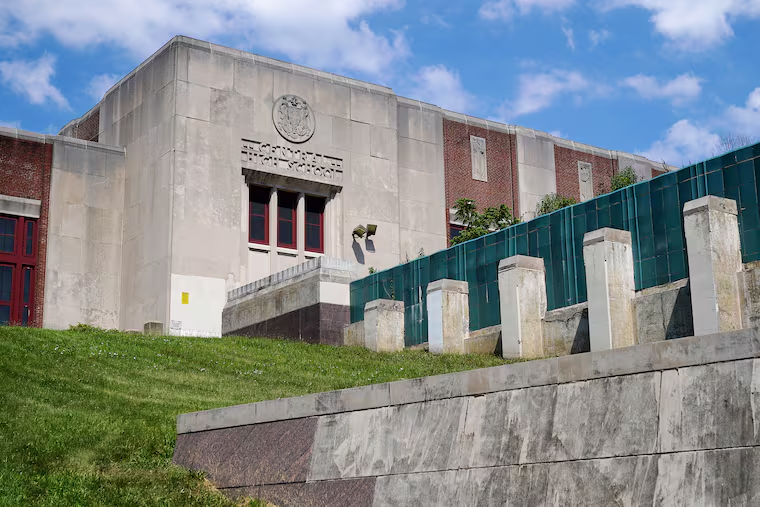Philly School District searching for ‘skeletal teaching items’ after skull found at high school
The school district said it recently discovered a "skeletal item," thought to have been used as a teaching tool, at Central High School. Now it's looking for more it might have missed.

The School District of Philadelphia has tapped its high school principals and other leaders to search their respective buildings for skeletal remains of any kind that might have previously been used for teaching.
The search was prompted by the June discovery of a human skull at Central High School belonging to a Native American man.
Kimberly Williams, who chairs Temple University’s anthropology department, is working with the district to find the best way to handle the found skull and return it to its home tribe, though she said that process would take time.
The district said it believes the skeletal item found in Central High School was used for teaching from the 1850s through the mid-1900s, at the latest.
» READ MORE: Philly School District searching for ‘skeletal teaching items’ after skull found at high school
“No human skeletal teaching collections have been a part of the School District of Philadelphia’s curriculum for at least a decade or more,” read a district statement, though a spokesperson said there is no record of when skeletal teaching items were officially banned as teaching tools.
According to Williams, when the cranium was acquired in the 1800s, many researchers and physicians were using human skulls for research and experiments to “discern differences between ‘races,’ ” a practice Williams condemned.
“This is part of the story of early medicine around the world where the deceased entered collections without their consent from cemeteries and other contexts,” she explained in an email. “For BIPOC communities, this practice was further complicated by the sale and trade of archaeological and modern crania during an era of inquiry about the differences between the ‘races.’ ”
The use of skeletal remains in learning environments is not unique to Philadelphia. NPR found examples of human remains in schools across the United States, and one classroom in the United Kingdom held a funeral for a human skeleton previously used in art class.
Locally, the Penn Museum came under fire after it was reported that Janet Monge, an associate curator at the museum, used remains of a victim of the 1985 MOVE bombing in an online course.
» READ MORE: Like Penn, Princeton criticizes professors over MOVE remains
Lawyers representing the victims’ family said Monge never asked for permission, and a report by Penn would later fault the scholars involved for “gross insensitivity,” but found no ethics violations.
For its part, the school district said its leaders understood “all human remains deserve to be treated with dignity and respect” and acted quickly after the discovery, reaching out to the Office of General Counsel and the U.S. Department of the Interior.
High school principals have been asked to conduct surveys of any skeletal teaching collection within their schools, including animal remains, by Nov. 5. Williams is slated to continue working with the district should additional remains be found.
Staff writer Kristen A. Graham contributed to this article.